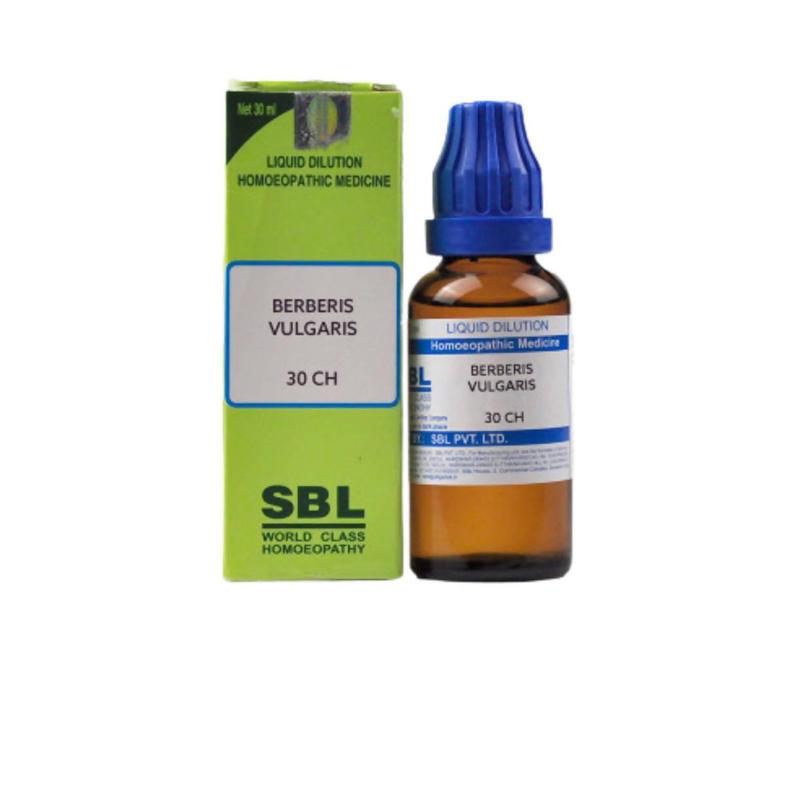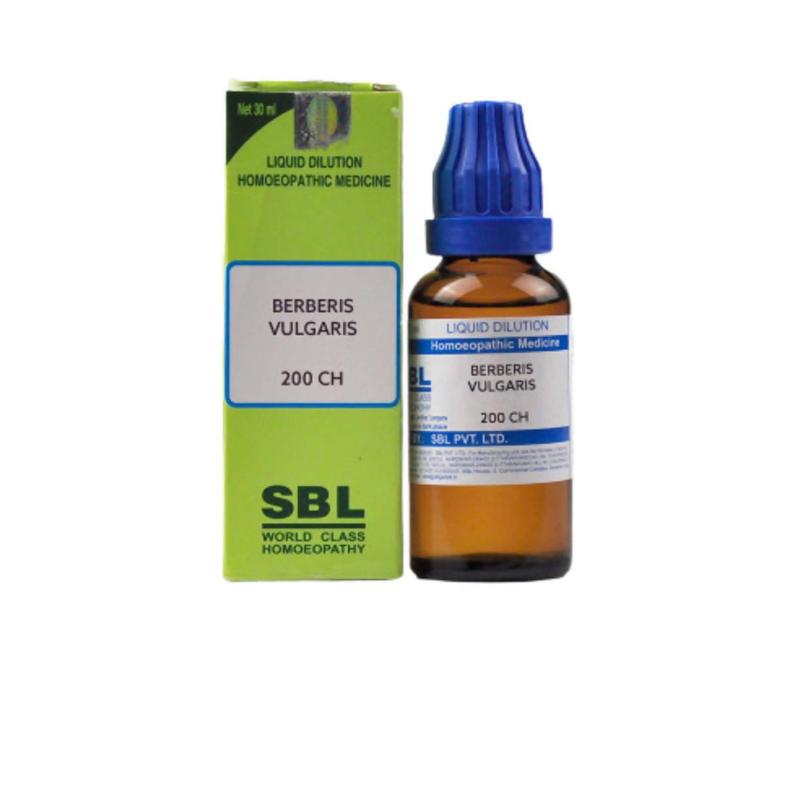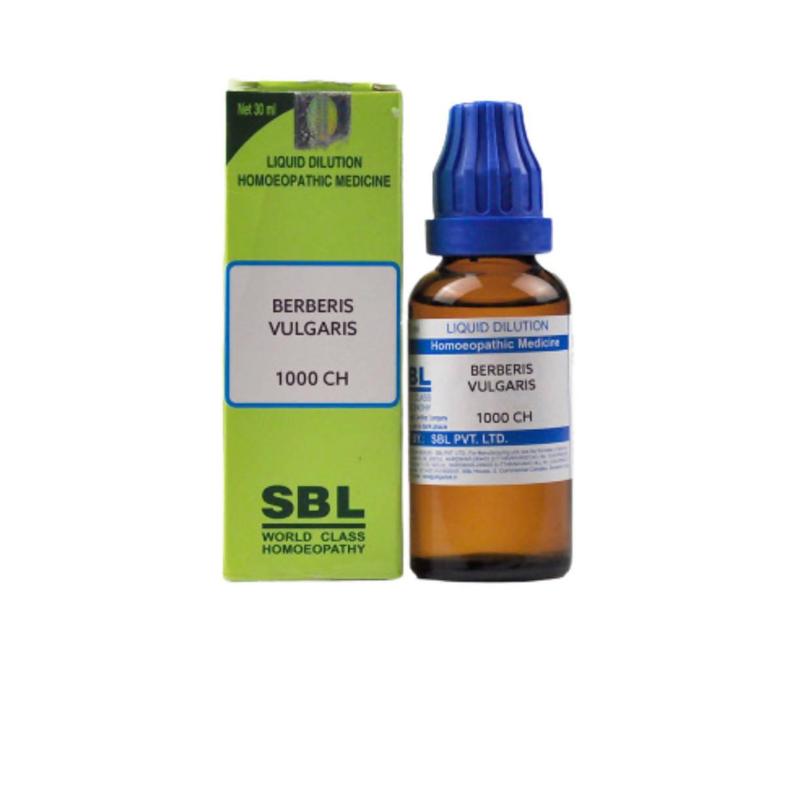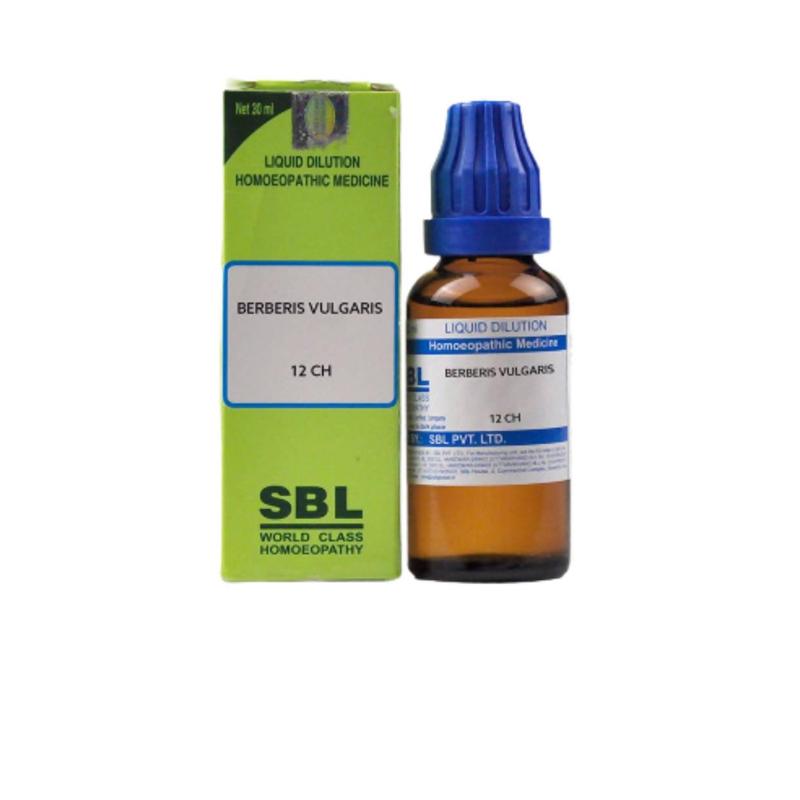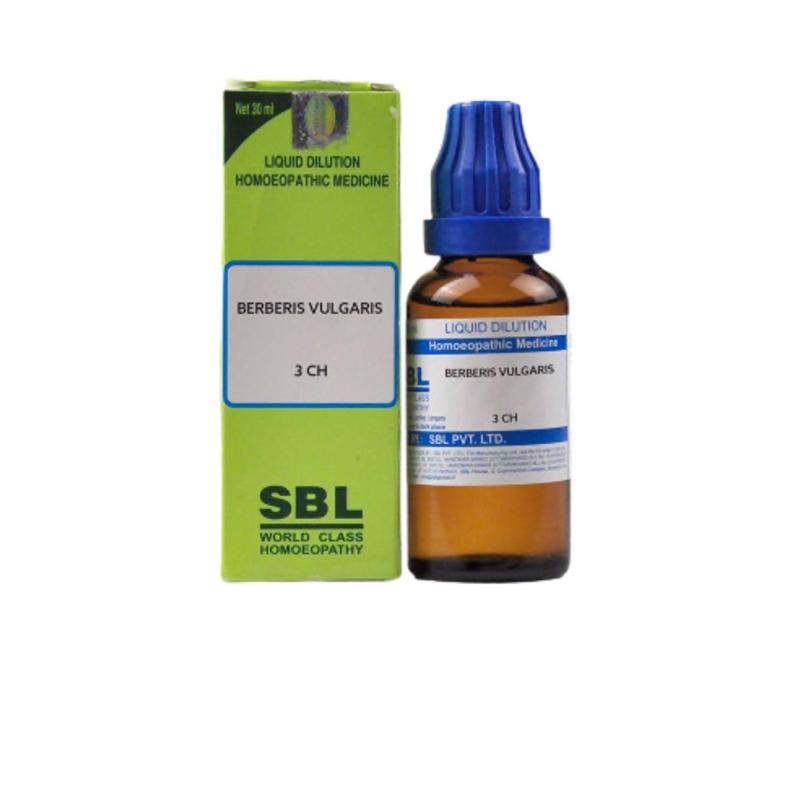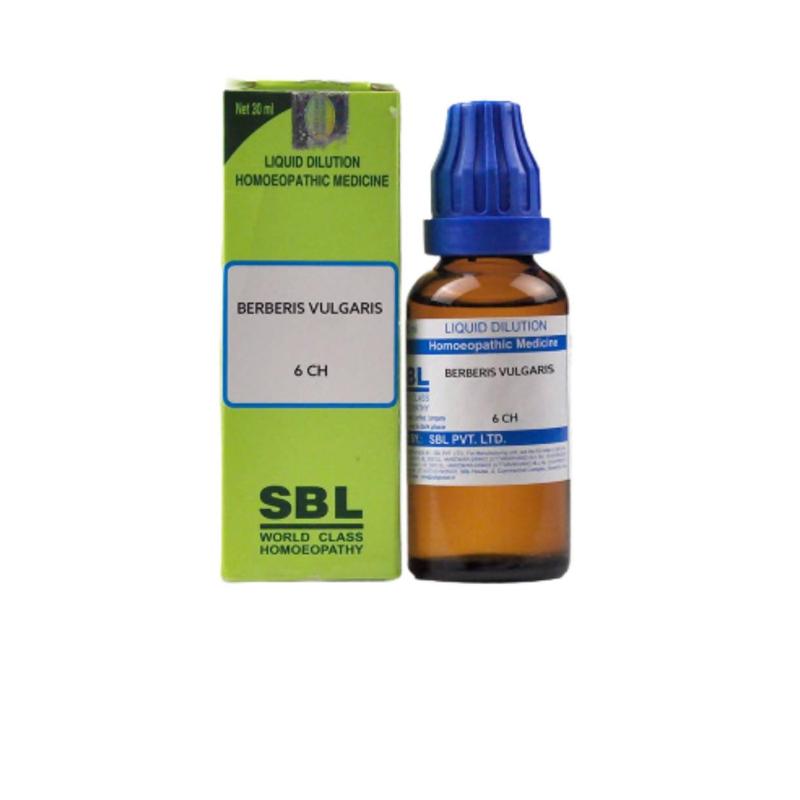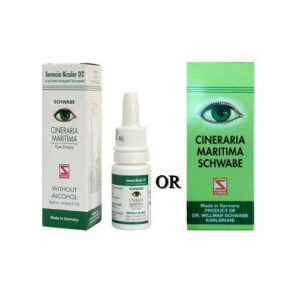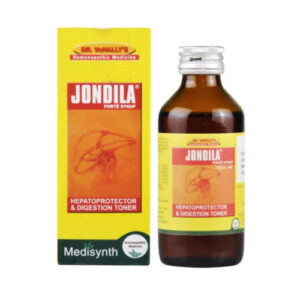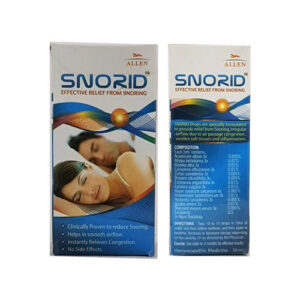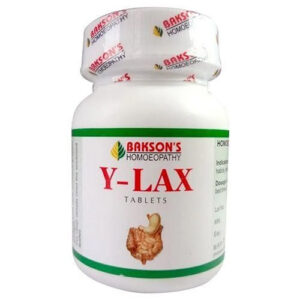Indication / Benefits
Berberis Vulgaris, commonly known as Barberry, is a homoeopathic medicine derived from the plant Berberis vulgaris. Belonging to the Berberidaceae family, it has been traditionally valued for its therapeutic properties in treating renal and hepatic disorders. In homoeopathy, Berberis Vulgaris is primarily used to address symptoms such as kidney stones, urinary tract infections, and liver dysfunction. It is also employed for its effects on alleviating pain in the kidney region, promoting bile flow, and managing conditions aggravated by movement and pressure.
Common Names:
Hindi: Daruharidra
English: Barberry
?
SBL’s Berberis Vulgaris can be helpful in the following conditions:
- Pelvic Engorgements and Hemorrhoids
- Berberis vulgaris is effective for conditions related to the venous system, including pelvic congestion and hemorrhoids.
- These conditions often present with alternating symptoms like fluctuating thirst and appetite.
- Hepatic and Rheumatic Conditions
- Useful for liver and rheumatic disorders, especially those associated with urinary, hemorrhoidal, and menstrual issues.
- Renal and Vesical Issues
- Berberis vulgaris is particularly indicated for kidney and bladder problems, such as renal inflammation with blood in the urine, gallstones, and bladder catarrh.
- Pain in the kidney region is a prominent symptom, with pain radiating throughout the body.
- Arthritic Affections with Urinary Disturbances
- Suitable for treating arthritis accompanied by urinary problems.
- The pains are wandering and radiating, not worsened by pressure but aggravated by various positions, especially standing and active movement.
- Spinal Irritation
- Effective for individuals with spinal irritation, characterized by radiating pain and a numb, bruised feeling.
- Headache
- Symptoms include listlessness, apathy, indifference, a puffy sensation in the head, vertigo with fainting spells, frontal headaches, chilliness in the back and occiput, and a sensation of a tight cap pressing on the scalp.
- Catarrh
- Includes dry and stubborn catarrh of the left nostril and a crawling sensation in the nostrils.
- Reduced salivation
- Sticky, frothy saliva, a tongue that feels scalded with vesicles, and reduced saliva production.
- Nausea, Constipation and Diarrhea
- Symptoms include nausea before breakfast, heartburn, stitches in the gall-bladder region extending to the stomach, constipation, yellow complexion, and painless diarrhea with clay-colored stools, burning, and smarting around the anus.
- Burning in urine
- Burning pain during urination, a sensation of incomplete bladder emptying, thick mucus, and red sediment in urine.
- Also, a bubbling sensation in the kidneys, pain in the bladder region, frequent urination, and burning in the urethra.
- Pain in the testicles
- Neuralgia of the spermatic cord and testicles, with burning and stitching pain in the testicles, prepuce, and scrotum.
- Female genitalia issues
- Symptoms include pinching constriction in mons veneris, vaginismus (vaginal muscle spasm), and tenderness. There is also burning and soreness in the vagina, diminished sexual desire, pain during intercourse, scanty menses with gray mucus, painful urinary symptoms, and neuralgia of the ovaries and vagina.
- Hoarseness
- Includes hoarseness, polypus of the larynx, and tearing stitches in the chest and heart region.
- Backache
- Stitches in the neck and back, worse with respiration, sticking pain in the kidney region radiating to the abdomen, hips, and groins, numb bruised sensation, lumbago, and post-operative pain in the lumbar region.
- Rheumatism
- Rheumatic paralytic pain in shoulders, arms, hands, fingers, legs, and feet. Sensation of cold on the outside of the thighs, pain in heels, stitching pain in feet, and intense weariness and lameness of legs.
- Warts
- Flat warts, itching, burning, smarting, eczema of the anus and hands, small pustules, and circumscribed pigmentation.
- Fever
- Cold sensation in various parts, and warmth in the lower back, hips, and thighs.
Key Ingredients
Berberis vulgaris
Dosage
As prescribed by the physician.
Safety Information
- Read the label carefully before use.
- Do not exceed the recommended dose.
- Keep out of the reach of children.
- Store in a cool, dry place; avoid sunlight and heat.
- Avoid strong smells (onion, hing, mint, garlic) during use.
- Allow 15 minutes gap between two homoeopathic medicines, 30 mins gap between Homoeopathic medicines and food, or one hour gap between Homoeopathic medicines or another system of medicines.
?
